Table of Contents
Although iron and steel are the most common and important materials that we have to deal with, there are other metals used in the workshop that you will need to have some knowledge of. The main pure metals from the non-ferrous group that the reader will have to deal with are aluminium, copper, lead, tin and zinc.
These can be mixed together to give alloys, many of which are of great importance. The reader, if he likes, may consider the above metals in the light of primary colours which can be mixed in different proportions to give a wide range of varying shades.
1. Aluminum
Aluminium is a white metal produced by electrical processes from the oxide (alumina), which is prepared from a clayey mineral called bauxite. Bauxite is found in large quantities in many parts of the world, and successful extraction of the metal depends on providing large amounts of cheap electricity. Due to its lightweight, aluminium is widely used for aircraft and automobile components, where weight savings are an advantage.
The relative density of aluminium is about 2 x 68 compared to 7 x 8 for steel. In its pure state, the metal would be too weak and soft for most purposes, but when mixed with small amounts of other alloys it becomes hard and rigid. Aluminium is very ductile and malleable. It can be rolled into 1i0 mm thick sheets and drawn into wire (o-mm diameter. It can receive a high polishing and polishing finish.
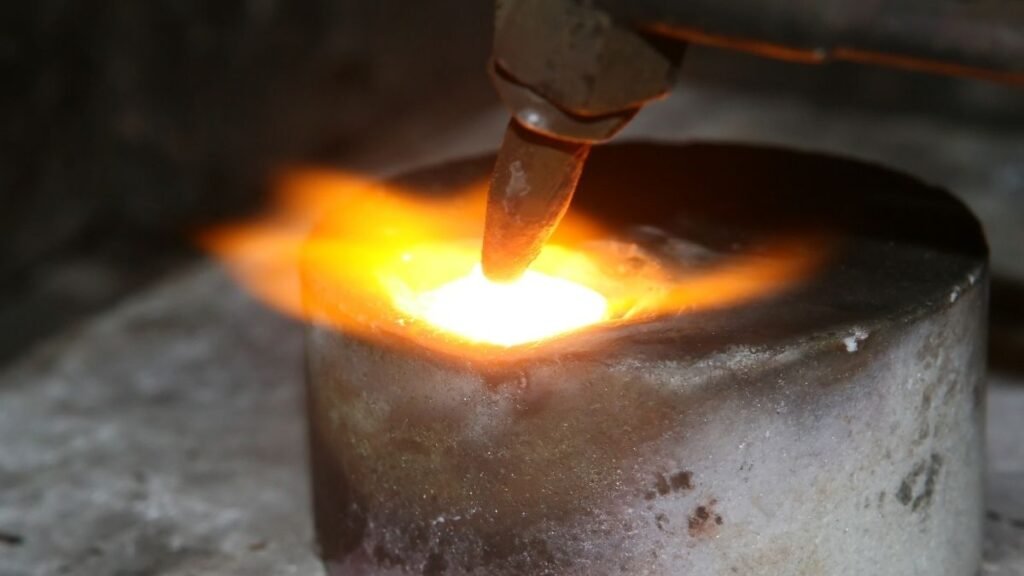
The aluminium melts easily and can be moulded into parts by casting. In its natural state (about 99 3 pure), has a tensile strength that varies from 90 to 150 newtons per square millimetre depending on the amount of mechanical treatment it has received.
Its good electrical conductivity is an important property and aluminium is used for overhead cables in Grid system posts To give the strength needed to withstand large spans, the handles are made of aluminium with a thin core of high-strength steel wire. Aluminium’s high resistance to corrosion makes it a useful metal for pots. thin oxide film that covers its surface and protects it.
Aluminium foil is used to wrap chocolates and cigarettes and to seal milk bottles, while powdered metal is used as a base for paint.
2. Aluminum alloys
It is when alloyed with small amounts of other metals that aluminium finds its widest uses. The addition of small amounts of other elements converts this soft, weak metal into hard, strong metals with a wide range of applications. For crankcase casting and general engineering use, aluminium is alloyed with small amounts of copper and zinc.
The league contains 12! to 14! 3 zinc with 2! 33 copper (BS 1490) has a minimum tensile strength of 170 newtons per square millimetre and is used for castings. For use in bar form BS 14 76 specifies an alloy containing 2 to 43 copper, 4 to 83 zinc and not more than 13 iron and silicon. These last two metals are almost always present in aluminium as impurities. For castings that must be resistant to severe shock and stress, an aluminium-copper alloy containing 123 copper is used.
An important series of high strength casting and forging alloys has recently been developed for use in aircraft construction. These contain copper, nickel, magnesium and zinc along with small amounts of other substances. An example of such alloys is as follows: Zinc 53, magnesium 33, copper 2•23, nickel up to 13, aluminium the remainder.
To bring this alloy to its maximum strength and hardness, it must be heat-treated, and when this is accomplished, a final tensile strength of over 500 newtons per square millimetre can be obtained. Another alloy containing copper, nickel and magnesium, which can be cast or forged, is known as Y alloy. Forged alloys are specified in BS 1470 and BS 1476 and contain 3! to 4! 3 copper, 1 •8 to 2•33 nickel and 1 •2 to 1 •73 magnesium.
This alloy has the characteristic of retaining good resistance at high temperatures and for this reason, it is used for engine pistons. It is also used largely in sheet and strip form, and after proper heat treatment can be brought to a minimum tensile strength of about 350 newtons per square millimetre. An important and interesting forged alloy is known as Duraluminium.
This is composed of copper 3t to 4t3, manganese 0•4 to 0•73, magnesium 0-4 to 0•73, aluminium the rest. It is widely used in forged conditions for forgings, stampings, bars, plates, tubes and rivets. Duralumin has the property of hardening by ageing and, at room temperature, its hardness increases rapidly on the first day and then slowly to a maximum value after 4 or 5 days.
When aged, it is very difficult to work with and must be annealed. This is affected by warming to about 375 °C and cooling in air, water or oil. After annealing, the metal must be worked within the time when its age hardening will make it too difficult for further work, or annealing will be necessary. When in heat-treated and aged conditions, duralumin can have a tensile strength of up to 400 newtons per square millimetre.
3. Copper
Copper is easily distinguished from all other metals because of its red colour. The fracture of molten copper is granular, but when forged or rolled it is slightly fibrous. The main copper ore is pyrite, which contains an average of 323 copper.
The extraction can be by the dry or wet process, the first being the most common, carried out in reverberation or blast furnace preceded by several steps of refining the ore and followed by several processes of refining the metal. In the wet process, the ore is treated with acids and the metal is further precipitated.
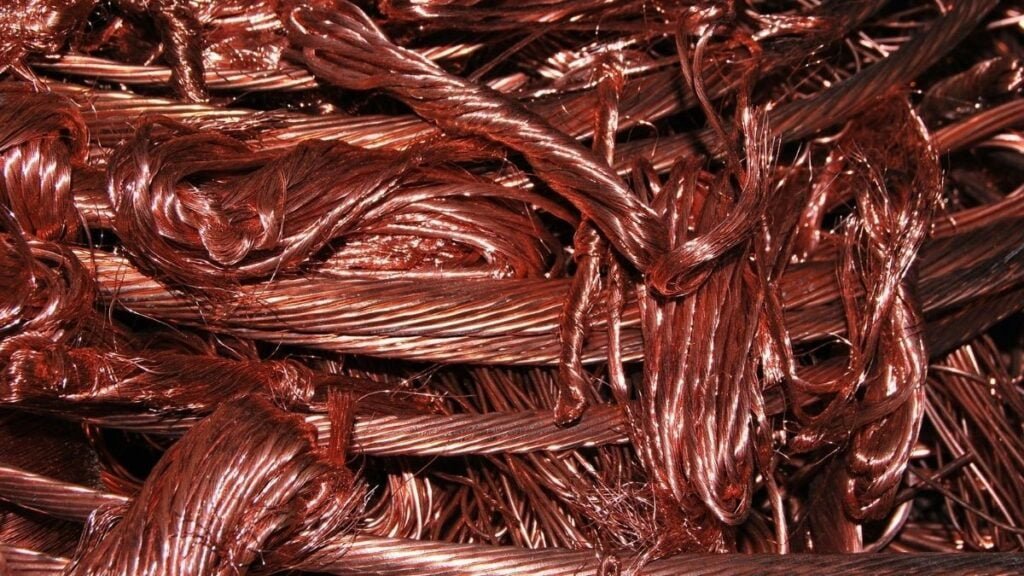
Electrolytic copper is a pure form obtained by electrolysis of impure pieces of molten copper. The metal is malleable and ductile, and because of its high electrical conductivity, it is used extensively for wires and cables and all parts of electrical appliances that must carry current. Copper is also a good conductor of heat and is highly resistant to liquid corrosion.
For this reason, it is used for boiler furnaces, water heating appliances, water pipes and vessels in the brewery and chemical plants. Due to its high heat conduction, it is used to weld iron drill bits. Copper can be cast, forged, rolled and drawn into wire. Rolling and drawing harden it, but it can be softened again by heating to 320°C.
The mechanical properties of copper depending on its condition. Castings can have a tensile strength of 150 to 170 newtons per square millimetre, which can be increased to 215 to 230 per job (hammering or rolling). The resistance of a drawn copper wire can be from 380 to 460 newtons per square millimetre of aluminium bronze.
Copper alloys with aluminium to give aluminium bronze and the main alloys are those containing 63 and 103 aluminium, respectively. These alloys have good strength and working properties and aluminum alloy 63 has a fine golden colour and is used for jewellery and decoration purposes. Aluminum alloy 103, which usually contains 53 nickel and 53 iron, is interesting because it can be hardened like high carbon steel.
In its softest condition, the alloy has a maximum strength of about 380 newtons per square millimetre, but if it is quenched from 900 a-c it is hardened and its strength increases to about twice that amount. After hardening, it can be tempered in the same way as steel. Copper alloys with tin and zinc are important and will be discussed on pages 65 to 68.
4. Lead
Lead is the heaviest of the common metals, having a relative density of about 11 •3 compared to 7 •8 for steel. It has a bluish-grey colour and a dull metallic lustre, but this is lost on exposure to air, the surface becoming a dull grey. Lead is very soft and can be easily cut with a knife. It is plastic and malleable, being easily cold forced into mould shapes and rolled into thin sheets.
The main lead ore is sulfide, called ‘galena’, and smelting can be carried out in reverberatory or vertical furnaces. As galena almost always contains some silver, lead extraction is usually accompanied by the recovery of silver as a by-product. One of the main properties of lead is the absence of any effect due to the action of water and acids, which is why it is used for water pipes, roof covering, electrical cable coating and containers in chemical plants.
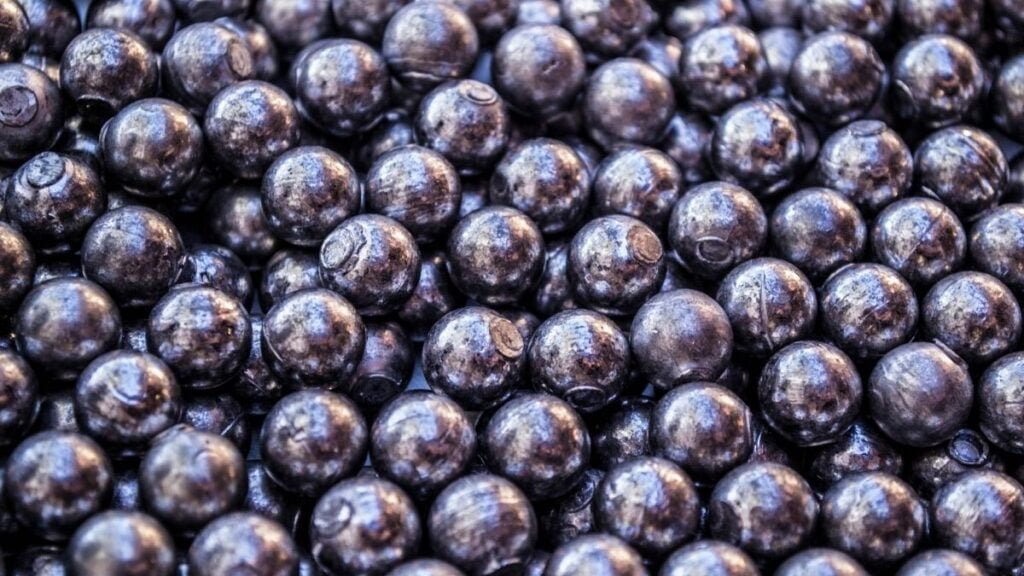
It has a low melting point (330°C), and when the sheets need to be joined, they can be joined and the metal melted (burned) with a torch. Two major industrial users of lead are the electrical and paint industries. It is used for lead-acid electric accumulator plates, and its oxides are widely used as a base for lead-based paints.
When added in small amounts to steel and brass, lead improves their machining properties, and the reader may have heard of ‘Ledloy’ steel and leaded brass in this regard. Alloys of lead with tin form solders and with other metals to make white metals.
5. Tin
Tin is obtained from tin, an oxide, which after preliminary roasting in a reverberatory furnace to give a refined tin oxide is reduced to raw tin in a similar furnace. Raw tin is refined to remove various impurities. In appearance, the metal has an almost silvery whiteness with a slightly yellowish tinge and its structure is crystalline.
Tin is harder than lead and at normal temperatures, it can be beaten and wrapped in aluminum foil. It is ductile, but not very strong. Tin melts at 232°C, but at 200°C it is so brittle that it can be hammered into powder. A characteristic of this metal is the crinkling sound made when a bar is bent. This sound is called ‘tin cry’ and is easily heard if a thin bar is held close to the ear and bent.
It is caused by the crystalline deformation that occurs and is a useful method for judging solder quality, as tin-rich solder gives a louder “scream” than when there is not much tin. The biggest use we have for tin in its ordinary state is for coating thin steel sheets (tinplate). It is also used to the tinned copper wire before it is turned into cables.
6. Tin alloys
Tin is largely used to make alloys with other metals, and as a result, many useful alloys are obtained. Tin-lead alloys. Tin-lead alloys constitute the soft solders, and those of greatest interest to the reader are shown in the table below.
In addition to tin and lead, a little antimony is recommended in some cases. A complete list of soldiers is given in BS 219. The proportion of tin in solder can be estimated by appearance, judging the “tin cry” or by observing the time the solder remains in a pasty stage during solidification.
Lead-rich solders have the bluish colour of lead, while tin-rich solders have a white surface with a slight yellow tint. Alloys with more than 253 leads will mark the paper. The long pasty stage associated with solidifying lead-rich soldiers allows the plumber to make his joint ‘clean’.
7. Zinc
The main zinc ores are a blend (zinc sulfide) and calamine (zinc carbonate). In metal extraction, the ore is first roasted in a reverberatory furnace to convert the sulfide into oxide, and in the case of calamine, to drive off carbonic acid and water. The ore is then mixed with some form of carbon and put into long retorts in a special type of furnace.
The heat distils the zinc to its greenish-white vapour and this is condensed into molten zinc. Zinc is a bluish-white metal that, if nearly pure, has large, shiny smooth crystals at its fracture. If it is contaminated with iron, opaque spots can be seen on the crystal faces, and if there is too much iron, the fracture becomes granular.
The metal can be obtained in rolled sheets and in molten ingots, the metal being generally quite brittle. The relative density of zinc is about 7•1 and its melting point is 420°C. Zinc’s malleability and ductility are improved by heating it to 100 to 150°C, but at just over 200°C it becomes so brittle that it can be pulverized.
8. Copper and zinc-brass alloys
Every important use of zinc is for alloying with copper to give the various grades of brass. These alloys are important in view of the wide variety of mechanical properties that can be obtained, the wide range of production processes they lend themselves to and their resistance to atmospheric effects and corrosion.
As in the case of aluminum alloys, brasses can be divided into cast and forged varieties. Suitable types of brass lend themselves to the following processes: casting, hot forging, cold forging, cold rolling into plates (which can vary in hardness up to the spring constitution), wire drawing and extrusion through dies to give bars of special format.
By adding small amounts of other elements (aluminium, iron, manganese and tin), the strength of brass can be greatly increased from its normal strength of 300 to 400 newtons per square millimetre, and a variety of high strength brasses are available having ultimate strengths. as high as 600 newtons per square millimetre.
The melting point of brass varies according to its composition, but most brasses in the common range liquefy between temperatures of 850°C and 950°C. Hard brass can be softened by heating to about 750°C.


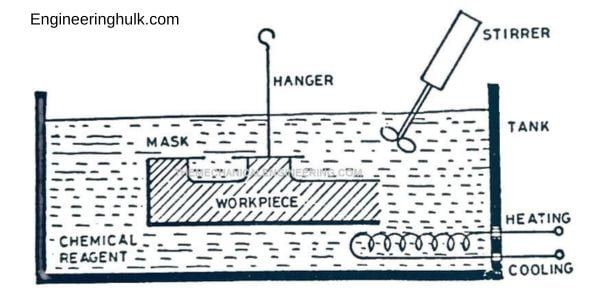
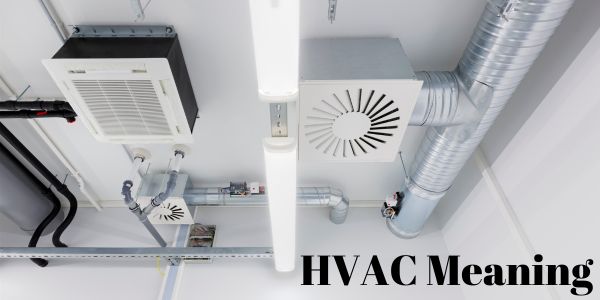





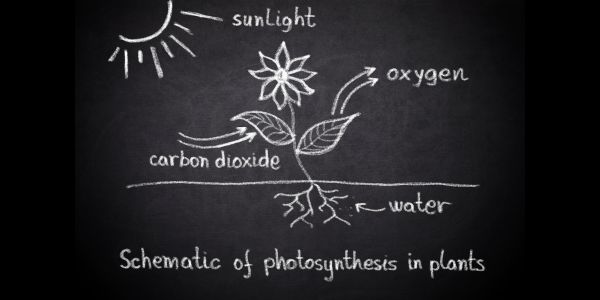
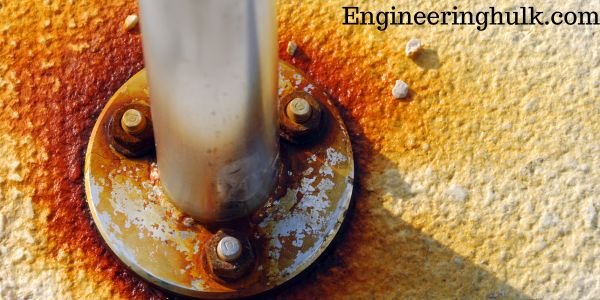


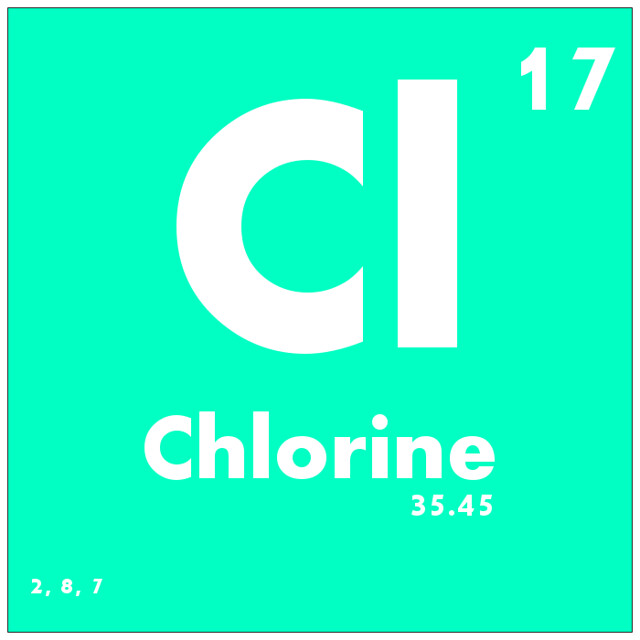




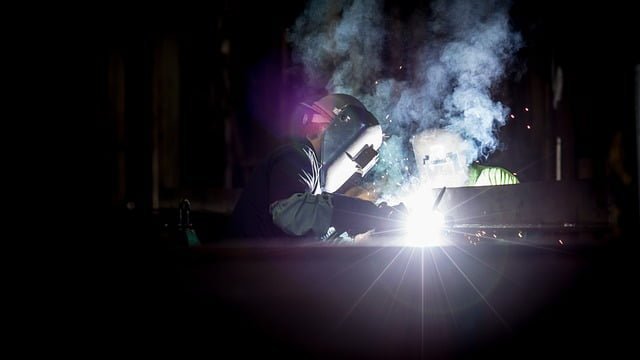


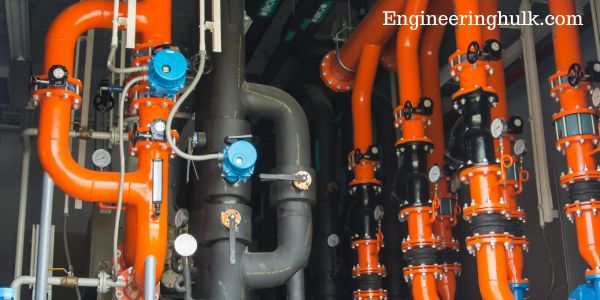


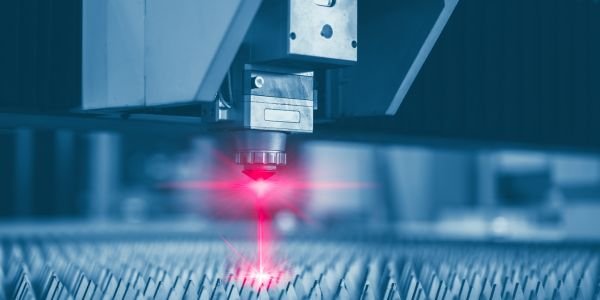
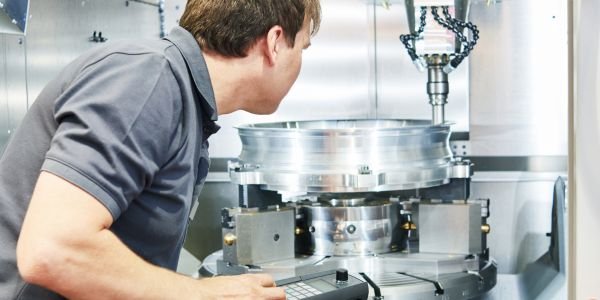
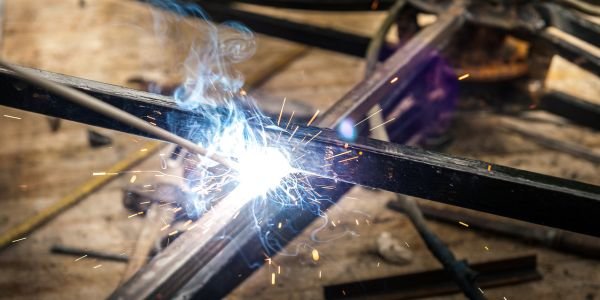
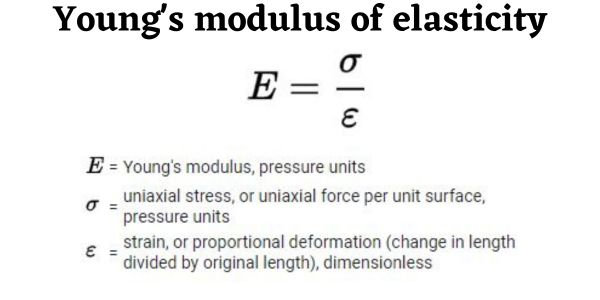


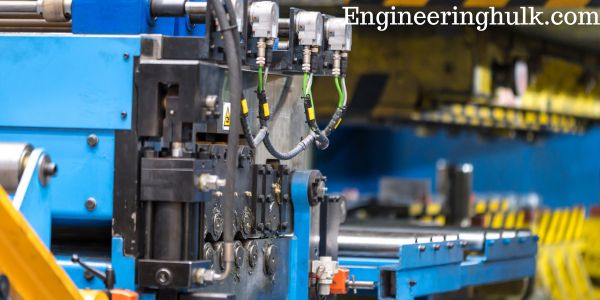
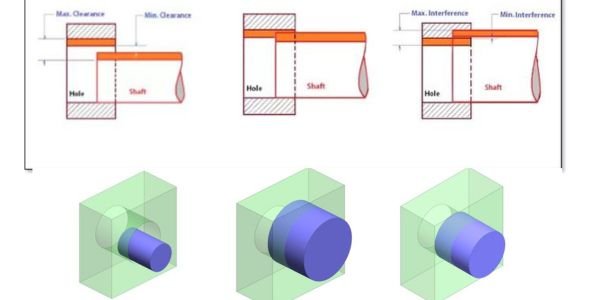
Comments on “What are the Materials and Alloys used in Workshop?”